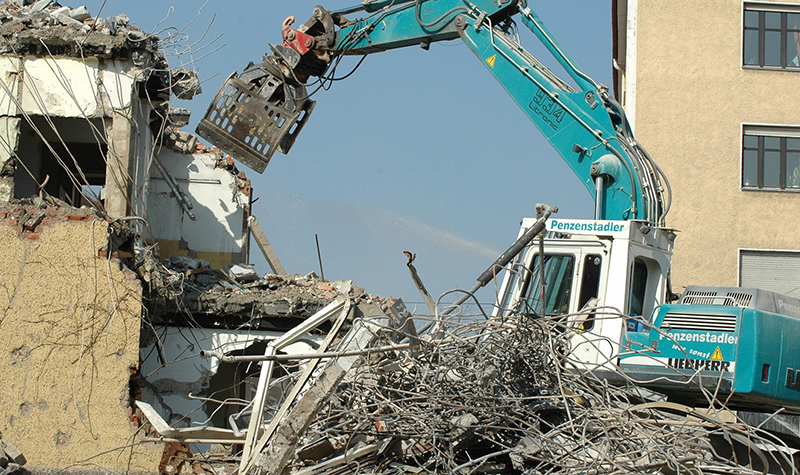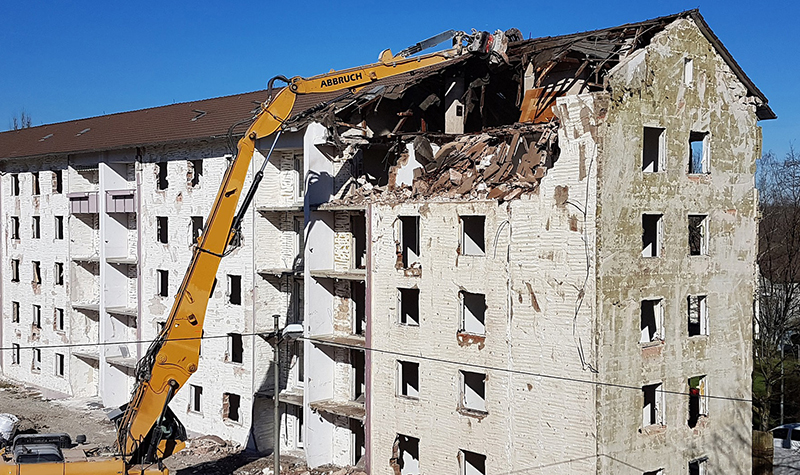Monitoring Structural Safety of Existing Buildings
 Editor’s Note: This article was originally posted on the Florida Engineering Society website (www.fleng.org) and is republished here with permission.
Editor’s Note: This article was originally posted on the Florida Engineering Society website (www.fleng.org) and is republished here with permission.
The catastrophic and tragic partial collapse of the Champlain Towers South Condominium in Surfside, Florida, on June 24, 2021, is an event that sent shockwaves and elicited immediate reactions from those involved in the design, construction, maintenance, inspection, repair, and certification of buildings. Building officials hurried to re-evaluate their building inspection and any recertification guidelines while others pushed through on the code front to make sure such a catastrophe is not repeated. Admittedly, there were some rushed statements made, but we, as professionals, can be assured that the National Institute of Standards and Technology (NIST) will perform an exhaustive investigation of the collapse.

About the Expert:
Hisham Sunna, PhD, PE, FASCE, FSEI is a manager in the Tampa office of Ayres. He holds a PhD in structural engineering and has over 29 years of experience in the engineering industry. Hisham is a registered professional engineer in Florida, Georgia, Alabama, Mississippi, Louisiana, Wisconsin, and Michigan. He is the current chair of the Vertical Support Committee of ACEC-FL.
The Surfside investigation is underway and may take years to complete, according to the NIST information page. The NIST was granted such authority by the 2002 National Construction Safety Team Act to investigate the site of a building failure or disaster, collect and preserve evidence, issue reports, and make recommendations to improve building codes and standards.
Coalition Helps Shape New Guidlines
ACEC-FL and FES quickly organized a coalition of professional organizations to review the state of current practice and made recommendations to help shape guidelines that will be intended to prevent such a tragedy from occurring in the future, I was glad to participate in that coalition through my involvement with the ACEC-FL’s Vertical Support Committee. The coalition aimed to inform future actions through a consensus approach involving vertical support structures concerned organizations in Florida, namely ACEC-FL, FES, Florida Structural Engineers Association, American Society of Civil Engineers, the International Concrete Repair Institute, the Building Officials of Florida, and the Florida chapter of the American Institute of Architects.
The Surfside Working Group, as the members began to call it, met twice a week, and exchanged information between meetings as well. The group did provide a unified set of comments on the working draft of the “International Code Council (ICC) – Appendix C Existing Building Safety Inspection Guide,” but understanding that a guide is not binding and may or may not be adopted by a certain locality, I would say one of the main consensus points reached early by the Working Group is that there should be a statewide mandate that encompasses all non-single-family dwellings, requiring inspections at minimum prescribed intervals and that any safety repairs that are identified be completed within an appropriate time frame.
Evolution of Recertification Requirements
Two counties in Florida have building recertification requirements, and some have adopted or are in the process of adopting new rules that will reduce the recertification time frames, understandably, to less than 40 years which the Surfside building had stood. There will certainly be a mishmash of rules and requirements, but it is my hope that once legislation is enacted – and I have no doubt that such needed legislation is forthcoming well before the new building code adoption cycle is complete – there will be a uniform set of regulations that will govern maintenance inspections of existing buildings with due attention to such factors as exposure to elements that contribute to accelerating deterioration of building components (i.e., humidity, proximity to saltwater resulting in chloride intrusion, etc.). There will be a need to bring more buildings into the recertification process and there will be some economic ramifications. There will be a need to budget for maintenance and repair of existing buildings – that is just part of public safety.
 Only when we can affirm that there are guidelines and procedures in place to help ensure that existing buildings are being systematically evaluated for signs of distress will public confidence be restored. I know that does not answer the question of whether an existing building is safe. The public will feel confident to occupy and dwell in multistory buildings when they are assured that there are codes and standards in place that guarantee that buildings are being designed and constructed to meet the necessary performance demands and that there are safeguards that ensure existing buildings will be evaluated within their lifetimes to adhere to a unified set of criteria, including scope of inspections, frequency, and qualifications of those performing the inspections.
Only when we can affirm that there are guidelines and procedures in place to help ensure that existing buildings are being systematically evaluated for signs of distress will public confidence be restored. I know that does not answer the question of whether an existing building is safe. The public will feel confident to occupy and dwell in multistory buildings when they are assured that there are codes and standards in place that guarantee that buildings are being designed and constructed to meet the necessary performance demands and that there are safeguards that ensure existing buildings will be evaluated within their lifetimes to adhere to a unified set of criteria, including scope of inspections, frequency, and qualifications of those performing the inspections.
There have been a few building collapses in recent history, such as the five-story Harbor Cay Condominium collapse during construction in March 1981 that led to Florida’s threshold inspection law and the design and construction phase change related June 1981 collapse of the Hyatt Regency in Kansas City, Missouri, one year after its occupancy. Such tragedies invariably lead to new regulations, but they also give us a new perspective on current practices and allow us to find ways to advance the profession while learning from past shortcomings.
For more information or questions regarding structural safety and the structural inspection of existing buildings, reach out to Hisham Sunna, PhD, PE.

Post a comment: